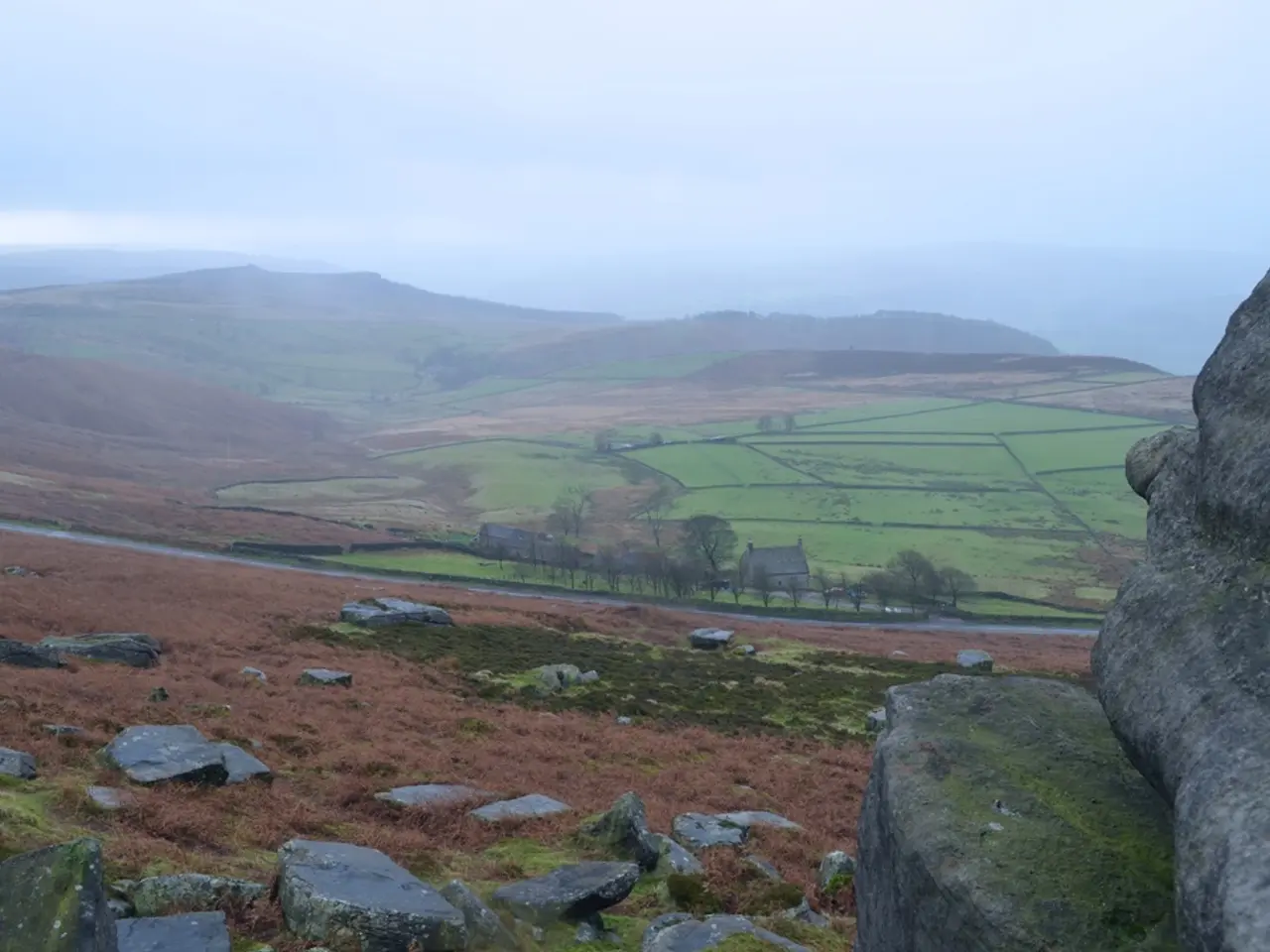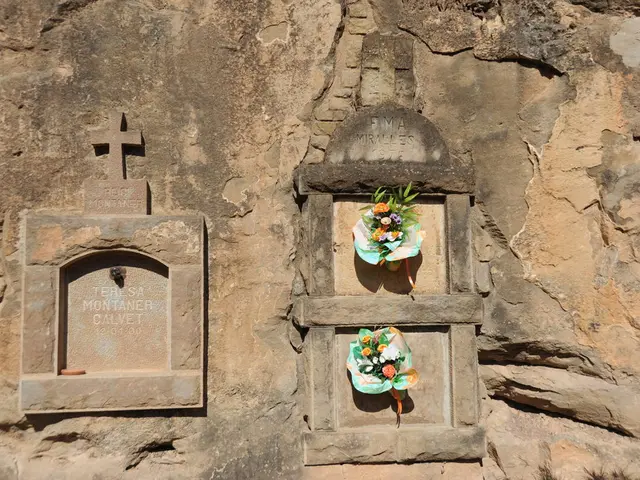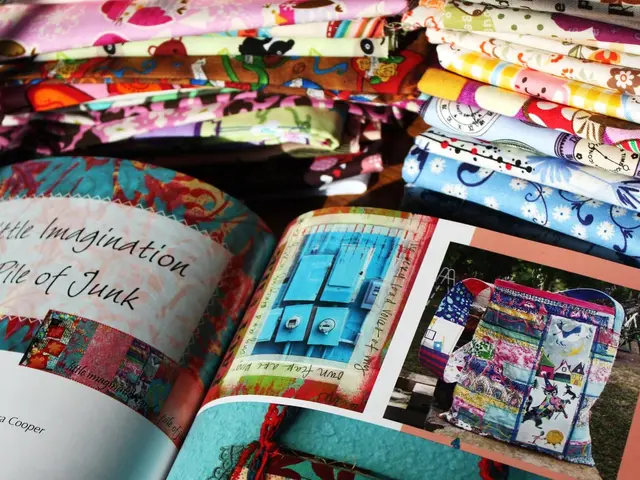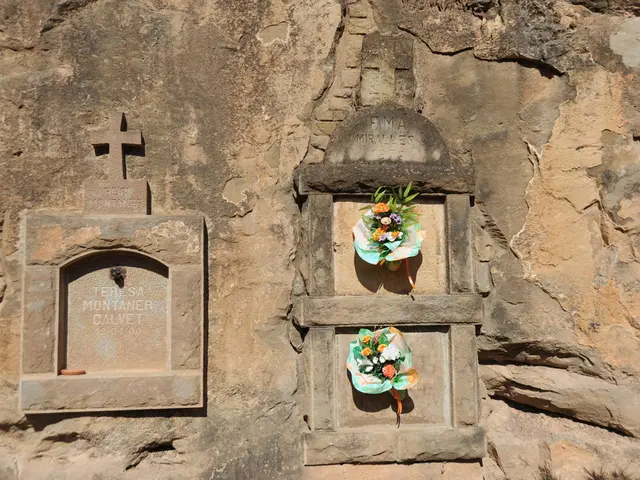Nepal's Political Evolution: From Monarchy to Democracy, and the Various Transitional Stages
In the heart of the Himalayas, Nepal has experienced a tumultuous political journey marked by struggles for equality, power, and democracy.
In the early 1980s, Nepal was a nation gripped by fear, poverty, and unequal laws. Women were unable to inherit property, girls were trafficked, and boys were forced into hard labour. The political leaders of the time were often jailed, hidden, or in exile.
The Panchayat system, which ruled Nepal from 1962 to 1990, was marked by authoritarian rule, suppression of basic freedoms, and deep social inequities. Yet, it was during this period that the seeds of change were sown.
In February 1990, the Nepali people rose up in the People's Movement, or Jana Andolan. King Birendra was forced to capitulate in April, and Nepal transitioned to a parliamentary democracy under a constitutional monarch.
However, the peace was short-lived. A royal palace massacre in June 2001 accelerated the slide towards insurgency, and the conflict escalated with the deployment of the Royal Nepali Army. Negotiations sputtered and failed, and on February 1, 2005, King Gyanendra seized absolute power, dissolving the government and tightening control.
The Maoist insurgency, which began on February 13, 1996, ran for a decade. It was not until November 2006 that the government and the Maoists signed the Comprehensive Peace Accord, creating a ceasefire, cantonment of Maoist fighters, and a path away from arms.
The abolition of the monarchy came on May 28, 2008, and Nepal became a federal democratic republic. Yet, the old habits of exclusion continued. Mangala Devi Singh, who built the Nepali Congress women's wing, was thanked and sidelined because she was a woman, despite her insistence on more representation for women.
Fast forward to September 2025, and the country was once again on the brink of upheaval. The government ordered internet providers to block twenty-six social platforms that had not registered under new rules, including Facebook, Instagram, WhatsApp, YouTube, and Reddit. This led to widespread protests, with at least nineteen people dead and Prime Minister K.P. Sharma Oli resigning.
In the wake of the protests, President Ramchandra Paudel appointed Sushila Karki as interim prime minister. Karki, a former Chief Justice known for her incorruptibility and unwillingness to bend even to her own party, took office as the first female interim prime minister.
In the aftermath of Oli's resignation, students and elders converged around a neutral referee and moved the country into a constitutional caretaker phase, preventing a potential season of vengeance. Karki visited hospitals and promised to serve diligently, as the toll had climbed past fifty and over 1,300 were injured.
The royalists and Hindutva lumpen attempted a comeback for the king in September 2025, with Delhi's media amplifying the script. However, the students in September did not speak like ideologues; they spoke like auditors, asking that rules bind the rulers first.
The former king, who had returned from India's Kumbh mela at Haridwar and tested positive for COVID-19 in April 2021, had been seeking a sanction for the restoration of a Hindu kingdom, with support from Hindu Right power centers in India. Yet, the Nepali people remained steadfast in their commitment to democracy.
In April 2025, the former king travelled to Gorakhpur and Lucknow, met Uttar Pradesh Chief Minister Yogi Adityanath, and royalist organizers in Kathmandu plastered Yogi-Gyanendra posters at rallies, indicating continued collaboration between Nepali royalists and India's Hindu Right.
Yet, the Nepali people, who have weathered decades of strife and struggle, remain resilient. They continue to fight for equality, justice, and democracy, and their journey is far from over.
Read also:
- Andrew Stunell joins in celebrating equality with graduates from a pioneering mentorship program.
- Social Inequality and Class Oppression in the Train-Bound World of Snowpiercer
- Kamala Harris, the previously serving Vice President, announces her current politically-related choices- temporarily.
- U.S. Economic Trend: Insights on Stagflation and Potential Approach








